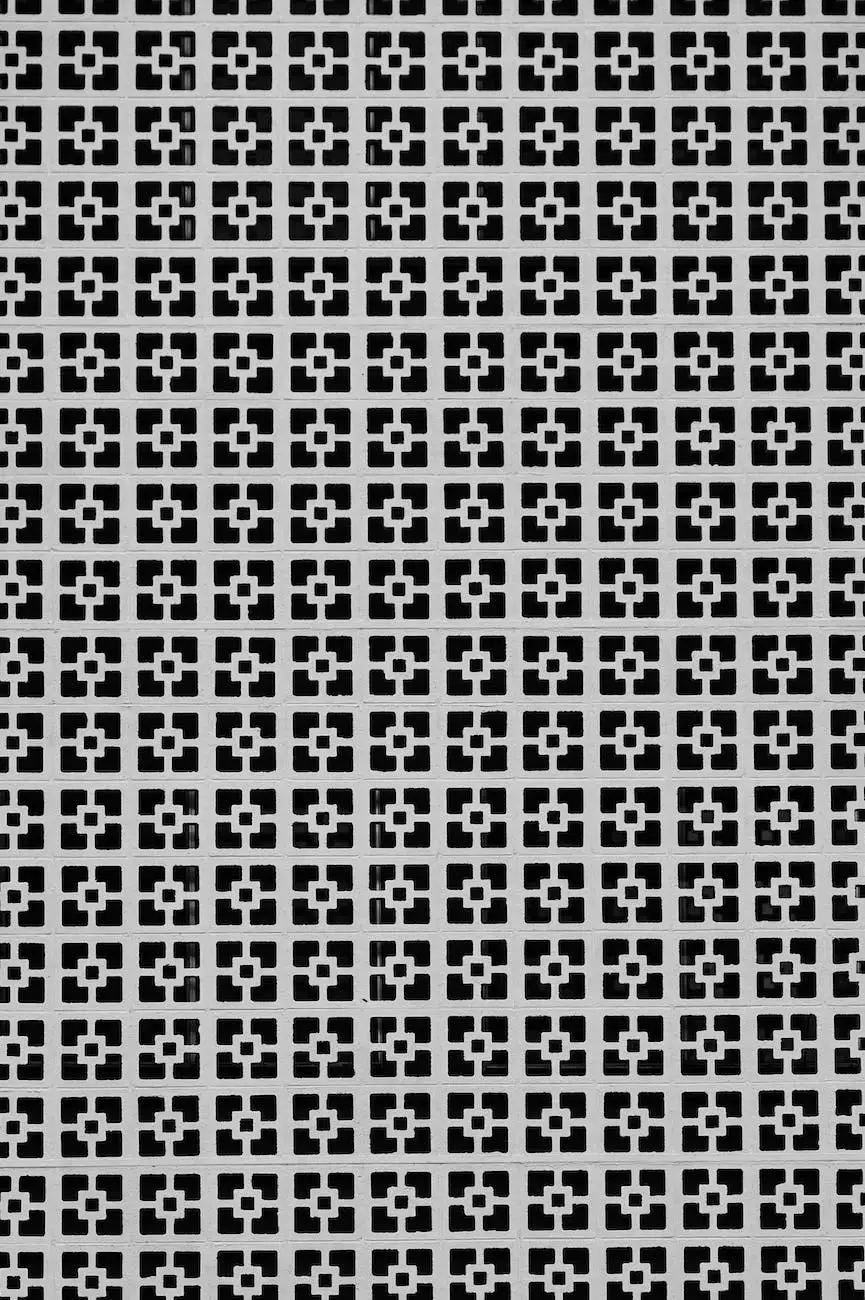How to Compress Images for the Web
SEO
As a business owner in the digital marketing industry, optimizing your website's performance is essential to attract and retain visitors. One crucial aspect of website optimization is image compression. In this comprehensive guide by Sost Media, we will walk you through the process of effectively compressing images to improve your website's loading speed, user experience, and search engine rankings.
Why is Image Compression Important?
Before delving into the techniques of image compression, it's important to understand why it is crucial for your website's success. Image compression involves reducing the file size of an image without significantly compromising its quality. Here are a few reasons why image compression should be a priority:
- Improved Loading Speed: Large image file sizes can significantly slow down your website's loading speed, leading to impatient visitors who may leave before your content even loads. By compressing images, you can optimize loading times and provide a smoother experience to your users.
- Better User Experience: Users appreciate fast-loading websites. When your web pages load quickly, it enhances the overall user experience, reducing bounce rates and increasing engagement. Compressing images ensures a seamless browsing experience for your visitors.
- Mobile Optimization: With the increasing use of mobile devices, it's crucial to optimize your website for mobile users. Compressed images reduce data usage, minimizing the amount of bandwidth required to load your web pages on mobile devices.
- Search Engine Optimization (SEO): Search engines, like Google, prioritize websites that offer excellent user experiences. Websites that load quickly and efficiently are more likely to rank higher in search engine results. Image compression plays a vital role in improving your website's SEO.
Effective Techniques for Image Compression
Now that you understand the importance of image compression, let's explore some effective techniques to compress images for the web.
1. Resize Images for Web Display
One simple yet highly effective technique to compress images is resizing them for web display. Large images with high resolutions can be unnecessary for online viewing. Use graphic editing software or online tools to resize your images to the appropriate dimensions. This reduces the file size without compromising quality, resulting in faster loading times.
2. Choose the Right File Format
Another crucial aspect of image compression is selecting the correct file format. Different file formats have varying compression capabilities. Common formats include JPEG, PNG, and GIF. JPEG is ideal for photographs, while PNG is suitable for images with transparency. GIF is commonly used for animated images. By choosing the right format, you can reduce file sizes without significantly affecting image quality.
3. Optimize Compression Settings
Most graphic editing software and online tools offer compression settings that can be adjusted according to your requirements. Experiment with different settings to find the perfect balance between file size reduction and image quality. Remember to preview the output to ensure no quality degradation is visible to the naked eye.
4. Utilize Compression Tools and Plugins
In addition to manual compression techniques, various compression tools and plugins are available to streamline the process. These tools automatically compress images upon upload, ensuring that your website loads faster without requiring extensive manual work. Research and select reputable compression tools that integrate seamlessly with your website's content management system (CMS).
5. Consider Lazy Loading
Lazy loading is a technique that defers the loading of non-visible images until the user scrolls near them. By implementing lazy loading, you can prioritize the initial loading of essential content without sacrificing user experience. This technique helps minimize the initial load time, particularly for image-heavy web pages.
Final Thoughts
Compressing images for the web is a vital aspect of optimizing your website's performance. By following the techniques outlined in this guide, you can significantly improve your website's loading speed, user experience, and overall search engine rankings. Remember, a fast and efficient website not only attracts visitors but also keeps them engaged and satisfied. Stay ahead of the competition in the business and consumer services industry by implementing effective image compression practices today.










